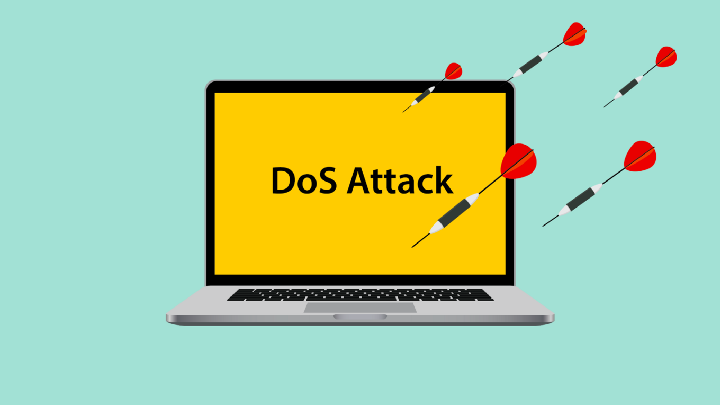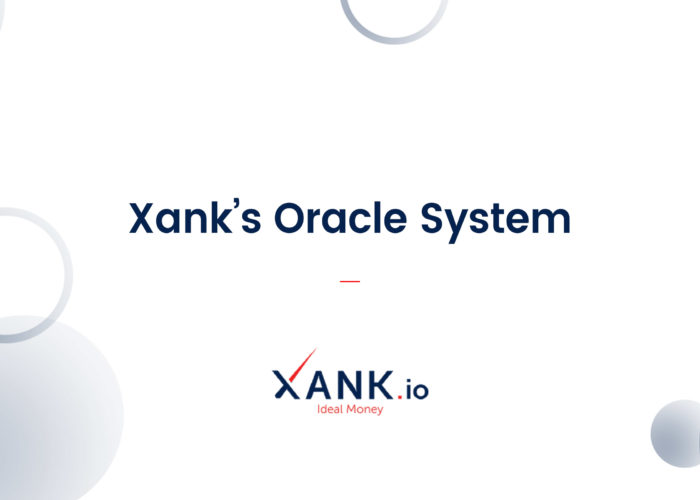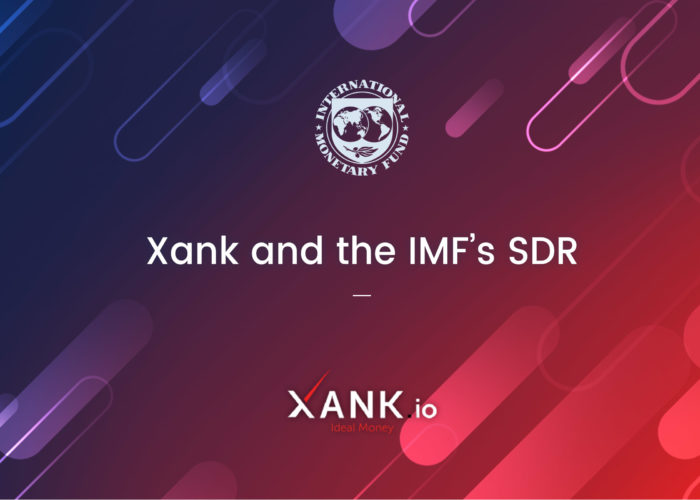In our previous story, we introduced Xank’s oracle system of decentralized oracles implemented at the masternode level with staker node participation in the event of interruptions or losses. We also said that there would be multiple feeds, not just one, to prevent a single point of failure. This is significant because Xank’s Stable Pay calibrations require real-world data for the SDR rate and exchange prices for the Xank coin, and if we rely on a single feed, then the entire network is dependent on a single entity. If that one feed does not function properly or dies, the Xank network will in turn experience severe problems. This is not good.
Additionally, we’ve designed our system so that layers of redundancy ensure that the network is protected from:
- Denial-of-service attacks
- Regional IP censorship
- Geo-blocking
- Permanent shutdown of data feed
- Other temporary or permanent feed interruptions

Xank’s oracle system is prepared to overcome several potential obstacles in which masternodes and staker nodes are affected by feed interruptions or losses. Four redundancy layers have been put into place to ensure the steady flow of incorrupt data. Although they boast fancy names, their concept is rather simple. I will do my best to spell it out for you.
1. Masternode Feed Aggregation
The first redundancy measure is called Masternode Feed Aggregation. It is called this because it happens completely at the masternode level. If 49% of the masternode network is affected by feed interruptions or losses — for example, if certain feeds are blocked in certain regions — then the affected masternodes retrieve feeds from the unaffected masternodes in the Xank network. They will then aggregate the information and send it into the network. This redundancy layer is relevant when 49% or less of the masternode network is affected.
2. Masternode and Staker Feed Aggregation
The second layer is called Masternode and Staker Feed Aggregation. Now, we’re entering staker node territory in addition to keeping our feet in the masternode network. Masternode and Staker Feed Aggregation works when 50% or more of the masternode network and less than 49% of staker nodes are affected by interrupted or broken oracle feeds. When this happens, the unaffected masternodes retrieve feed data from unaffected masternodes and unaffected staker nodes that can still retrieve the feeds. Then, the affected masternodes aggregate the data and send it into the network. This redundancy layer is relevant when 50% or more of the masternode network and less than 49% of the staker nodes are affected.
3. Masternode Direct Manual Feed Input
In the unlikely event that more than 50% of the masternode network and more than 50% of the staker nodes are affected by interruptions or losses, then the feeds can no longer be deemed reliable or autonomous. When this happens, the masternode network will activate Direct Manual Feed mode until a reliable feed is reestablished. Direct Manual Feed establishes manual masternode feeds and allows Xank masternodes to aggregate manual masternode feeds and send the data to the network.
In addition to Direct Manual Feeds, the masternode network will initiate a daily masternode voting procedure through which masternodes vote on whether or not the network will establish a new feed to replace the unreliable feed, and if the masternodes do vote to establish a new feed, which new feed they will choose. This redundancy layer is relevant when 50% or more of the masternode network and 50% or more of the staker nodes are affected.
4. Staker Oracle Feed Data Corruption Assurance
Although the oracle system is composed of masternodes, staker nodes play a vital role in the operation and integrity of the Xank network. Staker nodes will further protect the network by monitoring masternodes, spotting out corrupt or compromised feeds to be suspended until the problem is fixed. Staker nodes will be able to monitor feeds, alert the network of staker nodes, and vote for the suspension of corrupted or compromised masternodes. By doing so, staker nodes prove their value in two ways.
Firstly, they make sure the network is free of corrupt feeds that can provide the network with false information. Secondly, they prevent masternode collusion by pointing out corrupt masternodes to ensure a state of decentralization and integrity. Thus, the Staker Oracle Feed Data Corruption Assurance mechanism serves as an additional layer of security.
In this way, should the oracle system be negatively affected or interrupted, the above four layers of redundancy will step in at the appropriate time to keep the network up and running without any major problems.
98

